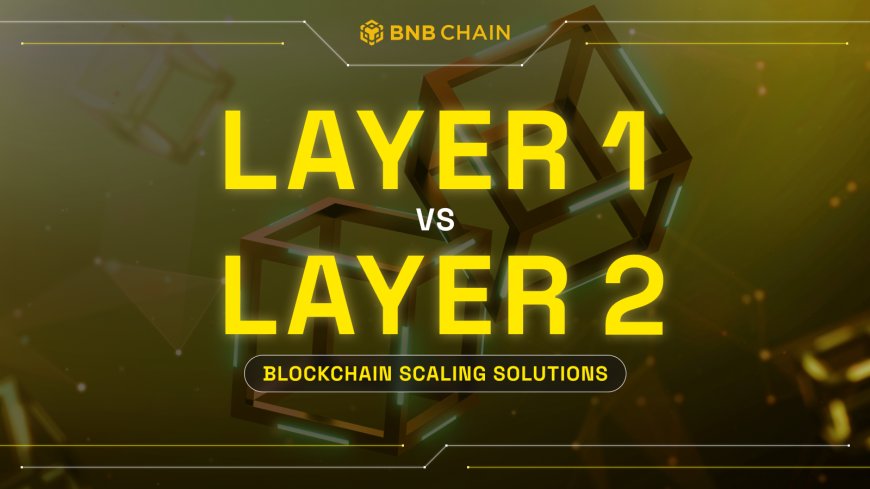The crypto community is divided as Binance's CZ questions whether AI-focused blockchain projects should be built on Layer 1 or Layer 2 networks.
The cryptocurrency world is abuzz with a new debate initiated by Changpeng Zhao (CZ), the founder of Binance. CZ has sparked a conversation about whether AI-focused blockchain projects should be built on Layer 1 (L1) or Layer 2 (L2) networks, highlighting the ongoing discussion about the future of blockchain technology.
The Debate Heats Up
CZ's recent post on X (Twitter) challenges the community to consider the optimal architecture for AI-focused blockchain projects. He notes that the primary goal of these projects isn't necessarily to create a superior blockchain but to leverage blockchain technology to support the AI economy.
"L1 vs L2... Should a new AI project be L1 or L2? Is L1 cooler than L2, or vice versa? An old topic, but I'm curious how feelings have changed," CZ wrote, inviting the community to share their views.
Understanding the Layers
Layer 1 (L1) networks are base blockchains that handle security and validation. They are known for their decentralization and security but can face scalability issues. Projects like Bitcoin and Ethereum are prime examples of L1 networks.
Layer 2 (L2) networks operate on top of L1 blockchains, providing scalability enhancements without altering the core blockchain. They offer faster transactions, lower fees, and improved user experiences while relying on the underlying L1 for security.
Expert Opinions
Crypto analyst Hitesh Malviya argues that L1 blockchains are better for projects that want to establish their own consensus mechanisms and optimize performance. However, he notes that many L1 projects face significant user retention challenges after their token generation events (TGEs).
"Most L1 projects have seen 70-90% user loss post-TGE despite substantial fundraising and user acquisition efforts," Malviya said. He suggests that building on L2 might be more practical for AI projects, offering faster development, better marketing opportunities, and easier scalability.
Binance's investment in Zircuit, an AI-focused L2 network, signals the company's strategic interest in AI-blockchain integration. Zircuit uses zero-knowledge rollups to enhance security and scalability, demonstrating the potential of L2 solutions for AI projects.
Market Implications
The debate comes at a critical time as AI and blockchain integration continues to gain traction. The search for efficient, scalable solutions has never been more pressing, with projects like Ethereum focusing on L2 scaling solutions for future growth.
Vitalik Buterin, co-founder of Ethereum, has also weighed in on scaling solutions, emphasizing the importance of L2 protocols for Ethereum's future. His comments highlight the growing consensus that L2 solutions are essential for blockchain technology to achieve mainstream adoption.
Conclusion
As the crypto community grapples with the optimal architecture for AI-focused projects, the L1 vs L2 debate continues to evolve. While L1 offers greater decentralization and security, L2 provides scalability and efficiency. The path forward may depend on the specific needs of each project and the evolving landscape of blockchain technology.


 Like
0
Like
0
 Dislike
0
Dislike
0
 Love
0
Love
0
 Funny
0
Funny
0
 Angry
0
Angry
0
 Sad
0
Sad
0
 Wow
0
Wow
0